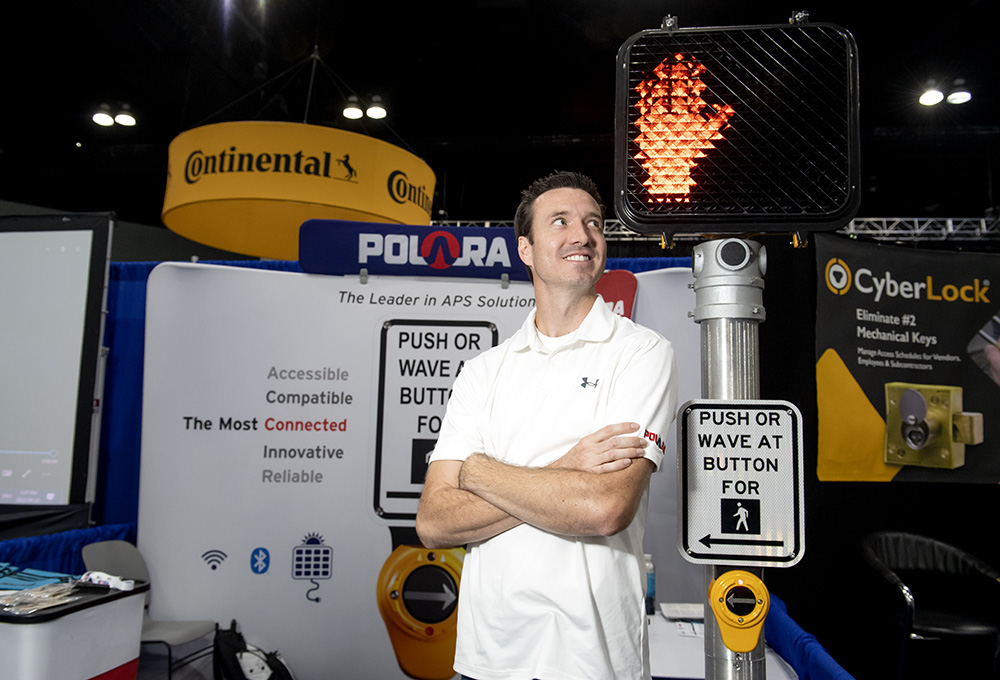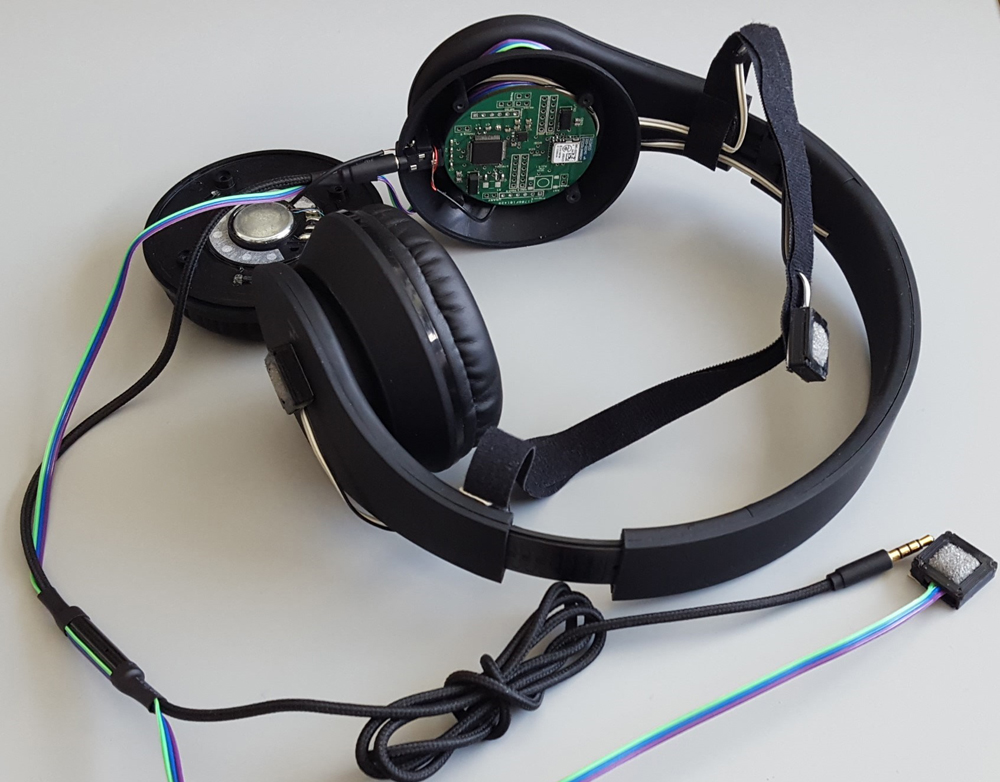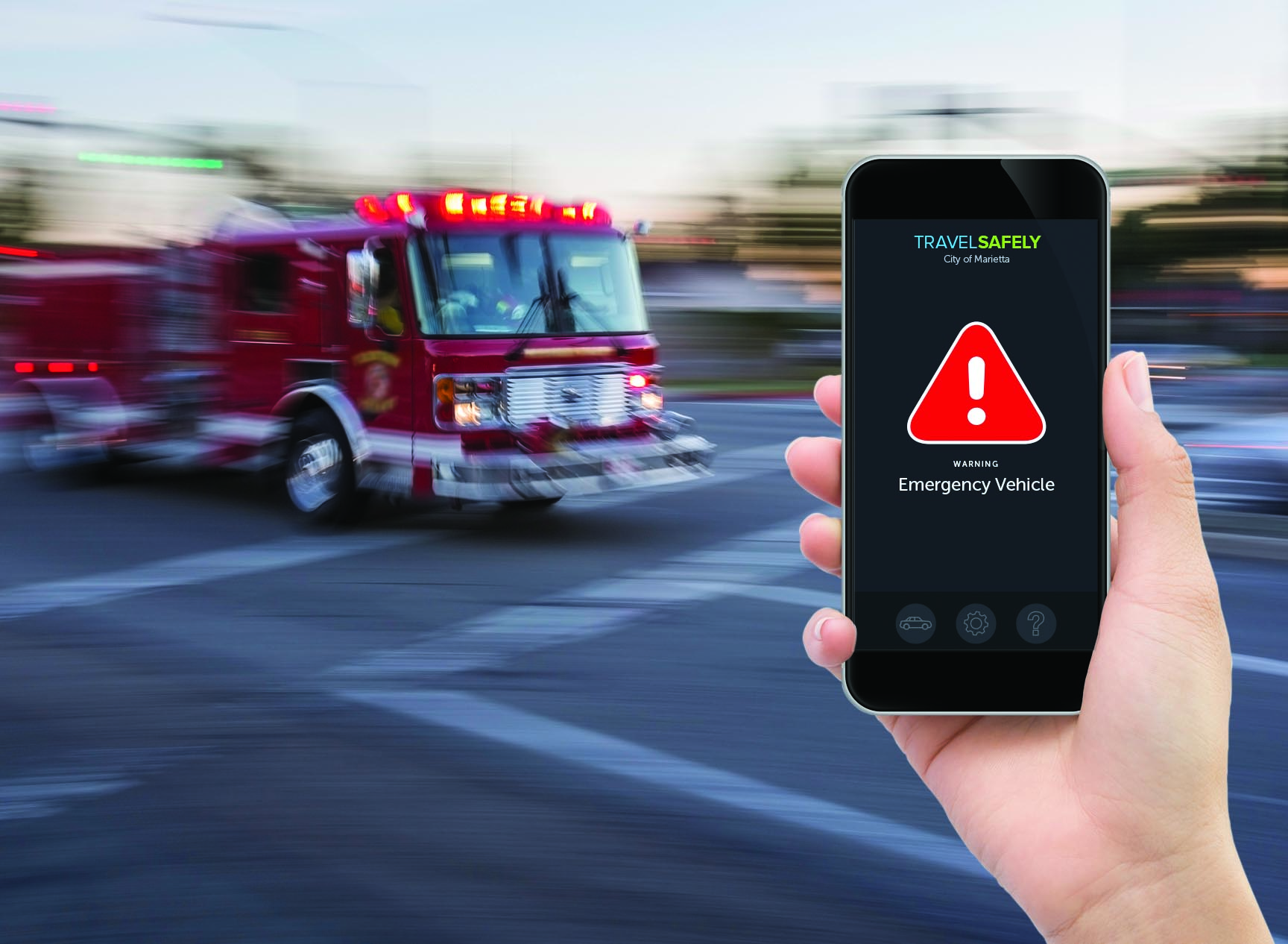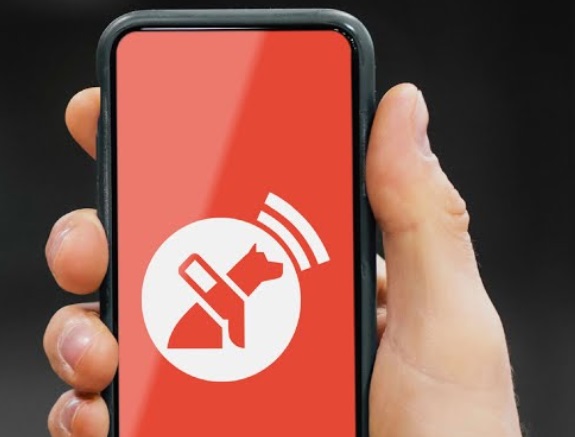
The company has landed a contract in Guayaquil, Ecuador and is aiming at India. However, one of its fastest-growing markets is New York, which has recently released a citywide mandate to replace pedestrian signals at every intersection within 10 years.
“From a pedestrian’s standpoint, we’re the only one that has a pedestrian-facing application for a mobile phone,” said chief operations officer, Brandon McGaffey. The iNS is compliant with the Americans with Disabilities Act (ADA).
The system works by the APS sending a signal to a blind person’s mobile phone as they near a suitably equipped pedestrian crossing, with the sound getting louder as they approach. It also gives the visually impaired person audible notice of the street and intersecting street.
The pedestrian chooses the road they wish to cross and presses a button on their phone to place a call to the traffic controller.
When the lights change to ‘Walk’, an alert is sent to the pedestrian’s phone, with the countdown also communicated audibly.
The APS also has a no-touch button to trigger the system, with the pedestrian waving their hand over it, should they wish to trigger the APS in that way.
“The goal is to give someone who is visually impaired the exact same information as someone who’s sighted,” explained McGaffey.
Booth 716


















